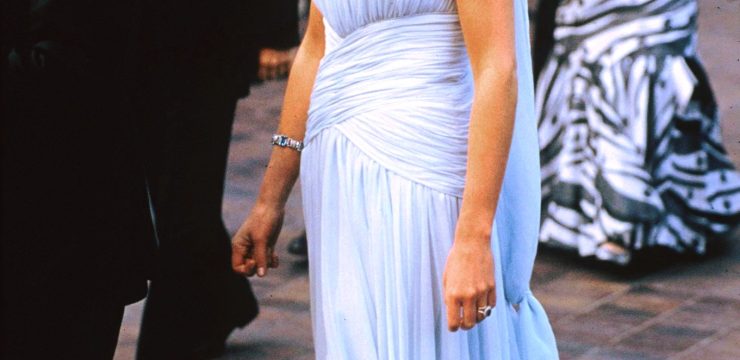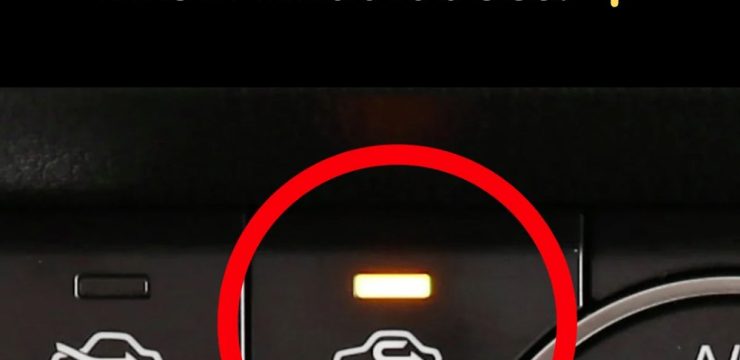If you’ve ever taken your kids to the beaches of Pensacola Bay, chances are you’ve heard the giggles and the proud shout of a child holding up a strange little sphere, exclaiming, “Ha! Look! I found a sea turd!” While the nickname may sound gross or silly, these mysterious balls are far from what their name suggests.

In fact, what your kids are likely holding are naturally occurring mudballs, and there’s a fascinating explanation behind their presence. These odd little clumps aren’t marine animal droppings or manmade waste. They’re actually the result of natural processes happening beneath the surface of the bay, where water, mud, and time combine to shape them. Found mostly along sandy shores and near marshy stretches of the bay, mudballs are a common sight in Pensacola, often scattered along the coastline and nestled among the sea grass and shells. They’re essentially nature’s version of a stress ball—soft, compact, and oddly satisfying to squish between your fingers. But how do they form in the first place? It all starts on the seafloor, which in this area consists of soft, clay-like mud rich in organic material. Over time, bits of this mud break off due to the movement of water, waves, or even a curious beachcomber stepping into the shallows. Once detached, the chunks of mud get caught up in the current and begin to roll along the seafloor.
As they tumble through the sand and surf, they’re shaped into smoother, rounder forms. Think of it like how sea glass becomes polished or how pebbles in a river turn smooth after being washed downstream over time. The tumbling motion and friction from sand and water slowly mold the mud into a uniform, ball-like shape, resulting in a soft, slightly squishy orb that looks like something out of a science project. In most cases, these mudballs are exactly what they appear to be—just mud.
The sediment in Pensacola Bay tends to be dark due to its organic content, so the balls often appear deep green, brown, or even nearly black. While their appearance might lead some people to wonder if they contain oil, tar, or some mysterious ocean gunk, they’re typically harmless. They don’t smell, they don’t leave residue, and they don’t pose any danger. That said, if you ever happen to find one that smells off, feels stickier than usual, or leaves a strange film on your hands, it’s best to toss it and wash up, just to be safe. But for the most part, these beach oddities are totally safe and natural.
For kids growing up along the Gulf Coast, collecting mudballs has become a quirky kind of tradition. They’re fun to find, interesting to examine, and spark conversations about nature and the environment. Few underwater phenomena grab a child’s attention quite like these mysterious spheres, and they often lead to questions about tides, erosion, and sediment. In many ways, they serve as a gateway into geology and marine science for curious young minds. So the next time your child runs up to you holding one of these squishy finds, instead of cringing, you might smile and say, “Ah, yes, a fine example of the classic Pensacola Bay mudball.” And who knows? Maybe you’ll even join in and help them collect a few more. After all, part of what makes beach days so memorable are the small, unexpected discoveries—the things that don’t cost anything but stick with us forever. Whether it’s a perfect sand dollar, an unusually shaped seashell, or a mysterious ball of bay mud, these treasures become the stories we tell later. They might not be valuable in the traditional sense, and they won’t end up in a museum, but they’re priceless when it comes to family memories and beachside nostalgia. In the end, that’s what makes these bizarre little beach balls so special—they turn a simple walk by the water into an adventure, one muddy mystery at a time.





